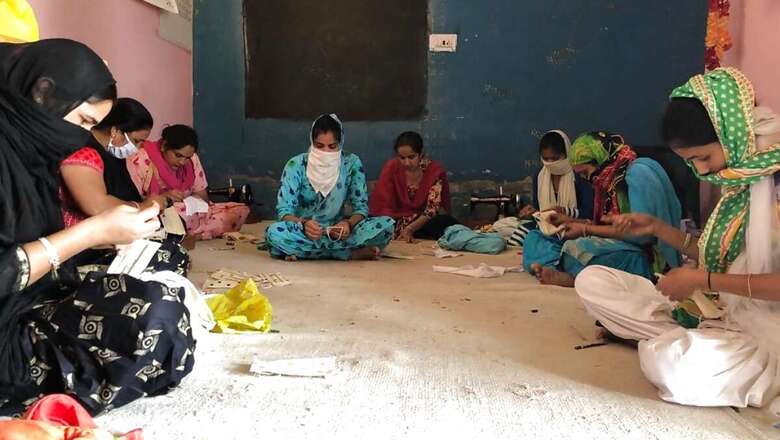
views
The Captain Amarinder Singh-led Congress government in Punjab has become the latest state to provide reservation to women in the state civil services. The Punjab Civil Services (Reservation of Posts for Women) Rules, 2020 approved by the state cabinet on Wednesday, has reserved 33% seats for women for direct recruitment to posts in government as well as recruitment to Boards and Corporations in Group A, B, C and D posts.
The decision, thus, fulfilled Rahul Gandhi’s promise (at the state level) of 33% quota for women in government jobs if the Congress came to power in the 2019 Lok Sabha polls.
“I don’t see them (women) leading enough companies. I don’t see them leading enough states. I don’t see enough of them in the Lok Sabha and the Vidhan Sabhas,” Rahul Gandhi had said while interacting with students of Stella Maris College for Women in Chennai.
Before Punjab, in January 2016, Bihar chief minister Nitish Kumar had announced 35% reservation for women in state government jobs at all levels. Providing job quota to women was one of the key poll promises of the Mahagathbandhan’s poll manifesto of which JD(U) was a part besides the RJD and the Congress. It was also Nitish’s gratitude to state’s womenfolk who had overwhelmingly voted for Kumar’s party, the JD(U).
In fact, Bihar under Kumar’s government provided 50% reservation for women in panchayat and urban local bodies way back in 2006.
Gujarat and Madhya Pradesh had already approved 30% reservation for women in government jobs in 2014 and 2015, respectively.
Besides, Rajasthan, too, has a category-wise reservation of 30%. Each reserved and open category will have to separately reserve seats for women within their respective share and 5% of the vacancies of the 30% is reserved for widow candidates.
Furthermore, the centre has reserved 33% of constable rank positions for women in CRPF and CISF beside 15% in the SSB, ITBP and the BSF.
Political analysts have argued that the reason behind a male-dominated system reserving seats for women is primarily ‘votes’. For example, in the last three assembly polls in Punjab, the gender difference in the voter-turnout has changed dramatically in the state. While it already had a high women voting percentage compared to other states, since 2007 assembly polls, women voters have outnumbered males in term of voting percentage.
In 2017 state polls, 77.90% women came out to vote compared to 75.88% men. Likewise, in 2012 while 77.56% male voted, the female voting share was a notch higher at 78.90%.
Bihar, too, is witnessing a similar but a more profound trend. In the 2015 assembly polls, women outvoted men by a huge margin of 7.16%. In the election, while 53.32% of men came out to exercise their franchise, the same for women stood at 60.48%. This was particularly a pleasant surprise in a state known for its feudal social structure.
At the national level, a similar trend of rising participation of women voters could be seen. In the last Lok Sabha polls, 67.18% of the eligible women voted compared to 67.01% men. Many populous states like Uttar Pradesh, Bihar, Kerala, West Bengal, Odisha saw women turnout exceeding that of men.
Besides women empowerment, such exercises also help in image building of leaders without at no extra cost.
Read all the Latest News and Breaking News here




















Comments
0 comment